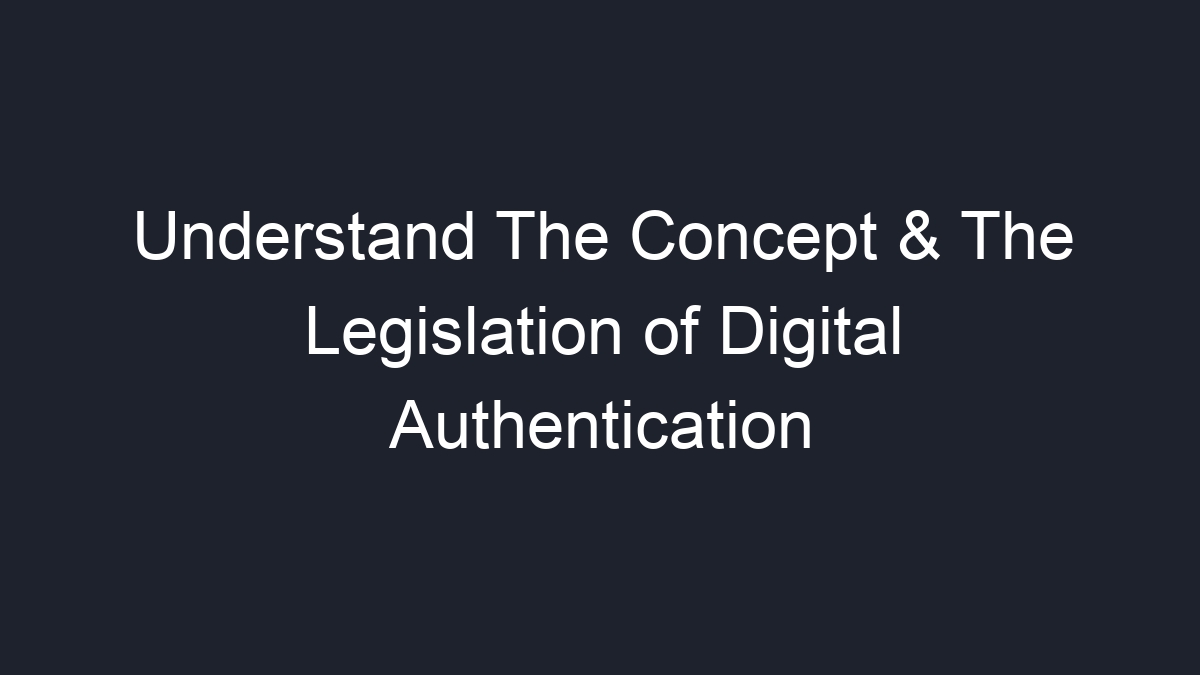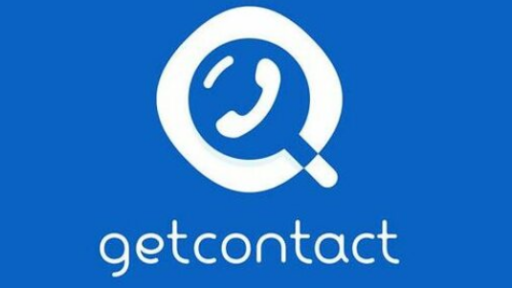
Digital Authentication – Within organizations, document authentication configures critical processes that support the correctness, integrity, legality and privacy of information.
Closing business with a supplier or with a client can be a real headache if we don’t have supporting documents confirming the business relationship. Especially, if the other party is a foreigner.
Undoubtedly, in business, you shouldn’t trust anything or anyone without having evidence certifying the relationship and closing the agreement, among other transactions. And that is, with advances in technology and widespread access to information, fraud is increasingly sophisticated and difficult to identify before it occurs.
In these cases, authentication is an ideal resource for verifying integrity and security. When authenticated, the pieces may be presented before litigation facing affirmation of possible signature forgery.
But this is only the tip of the iceberg!
Using document authenticity as a verification mechanism is critical to bringing more seriousness to negotiations and commercial practices.
Continue reading to find out about the process!
What is Authentication?
Authentication is the practice of certifying something. The verb refers to the process of proving the legality or authenticity of a particular document, which makes it considered authentic.
But is it authentic?
In general, we say that something is authentic when its truth and safety are confirmed. The procedure that qualifies something as authentic, we call “authentication”.
To guarantee that users are who they say they are, systems require authentication through different security measures, such as the introduction of personal credentials or the introduction of biometrics.
In case the system or equipment confirms the identity of the person trying to gain access, the user gets a positive response and can carry out the proposed action.
In the computing environment, authentication is closely related to verifying the digital identity of a user trying to connect to a particular computer, database or system. In the legal field, the concept of authentication is very similar: the act of verifying identity and the correctness of a signature or document.
And if we combine the two approaches, what happens? Keep on reading!
What is Digital Authentication?
When we transmit contracts and digital files with sensitive data, it is important to ensure the integrity of the information, especially to protect the company and its customers.
Authentication tools have promoted document correctness detection in a simple, practical and highly efficient way.
Considering the definitions, as well as the computer and legal approaches to authentication, we can say that it comprises a valuable resource whose main purpose is to ensure the identification of the author of a particular record which is carried out online.
This is important, because files sent over the Internet are vulnerable to fraud or misidentification.
Thus, the authentication process carried out in the online environment makes it possible to identify the author and certify that the agreement was made by an authorized person. At the same time, prevent fraudulent changes and maintain organizational integrity.
Another very important aspect is that authentication limits access to parts, thereby only encouraging authorized users to enter data, a fact which has led to a significant increase in information security.
Benefits of Digital Authentication
Digital authentication can completely change organizational routines, speeding deal approval and deal closing, among other commercial and internal procedures.
But, in the end, what are the benefits for the organization?
Get to know them now by reading our list!
Security In Negotiations
First of all, it is important to emphasize the safety of procedures, processes and operations.
When we digitally authenticate documents through different dynamics, such as biometrics, tokens, or electronic certificates, we reduce the likelihood that a malicious third party will access account information, systems, or equipment.
Regarding the e-store environment, authentication prevents fraud, minimizing the occurrence of purchases with other people’s cards and documents.
Another very good example of promoting security is the data encryption of electronic signature platforms. Thanks to this protection mechanism, companies can send, receive, and sign documents in a highly secure environment, thereby suppressing access by malicious agents.
Cost Reduction
Without a notary, because the process can be done 100% online, saving capital becomes an immediate advantage.
Even through digital authentication, it is possible to reduce costs significantly without affecting the quality of the process. This is because you no longer need to print documents or spend a lot of money with office supplies such as paper and ink, besides avoiding the cost of logistics services that deliver documents that must be authenticated.
As you can see, authenticating files in a virtualized environment provides a strong advantage over the competition.
Improve Process Agility
If we do without digital authentication, the process can become endless. It’s like going back to the time when computers were very limited and all paperwork had to be done in writing.
So, without these resources, organizations would have to prepare documents, print them, and send them to recipients so they can analyze and verify the correctness and integrity of the data.
In the event that there is a discrepancy or discrepancy, this document must be returned to its original place so that the necessary changes can be made.
Depending on the parties involved in the business, this process can take a long time, a situation that is very different from what we see when using digital authentication.
This makes it possible to speed up procedures in surprising ways, both by guaranteeing speed in exchange, adjustment and signing of files, as well as by reducing the occurrence of easily avoidable human errors that can lead to repetitive tasks. and, therefore, excessive use of company resources and money.
Digital Authentication In Electronic Signature
As you have seen before, e-signature platforms have a digital authentication mechanism, which allows the identity of the signer to be authenticated to validate operations. To achieve this, they use various authentication alternatives such as:
- email;
- SMS;
- key questions;
- biometrics;
- digital certificate.
Regarding this last point, we must emphasize that digital certificates provide complete legal validity for electronic signatures. This is because they provide maximum recognition for their provenance, as they are issued through a Certification Authority.
Thus, through a signature with a digital certificate, it is possible to confirm that the individual is who he claims to be and, consequently, the legitimacy and legality of a document.
But that’s not all!
Authentication of the signer’s identity in the electronic signature process encourages the mobility of people, so they can close deals and maximize the impact of good agreements wherever the parties are located.
For example, if you’re traveling with the intention of visiting a client and, suddenly, a prospect (potential client) appears, e-signature software that has an authentication mechanism allows you to capitalize on a moment of genuine interest to great closings. sale.
So instead of just getting one positive result (with the clients you visit), you get 2 new contracts for your business.
If we told you that electronic signatures also promote sustainability, would you believe us?
It’s true, this is the reality of those who adopt this tool!
By reducing paper consumption, the company started the process of introducing a paperless culture into the organizational routine. As a result, it buys less input, thus collaborating with the reduction of toxic gas emissions.
Concern for the environment is reflected in its market position, as people are increasingly aware of the need to prioritize sustainable development and demand a collaborative attitude from brands.
The Legal Validity Of The Electronic Signature In Relation To Authentication
One of the main positive points of an electronic signature is that it has legal validity. That is, the signature and verification of the identity of a document in digital media makes it possible to present the document in litigation.
Regarding legality in Mexico, electronic signature, which uses identity authentication, is a process made possible by the Advanced Electronic Signature Act, which was passed in January 2012.
The essence of this law is to allow any electronic document or data message to use authentication via electronic mechanisms.
The Federal Consumer Protection Act also recognizes the efficiency of electronic systems for consumers to electronically approve various types of transactions.
In addition to federal law, several Mexican states have issued internal guidelines that define and regulate certain matters regarding this technology, such as Chiapas, Baja California, and Mexico City.
The panoramas that support this tool reinforce the idea that this tool has become a very useful resource for the survival and growth of the company.
Has it become clear to you that digital authentication is a valuable alternative that you can’t afford to ignore?
Document and file authentication is a common procedure in companies, as it verifies individual identity and transaction identity.
In addition, using authentication to ensure the reliability of the signer’s identity and electronic signature, over differences, is a powerful commercial, legal and financial advantage, because in addition to promoting credibility based on legal validity, promotes business and completely changes the enterprise scenario.
Types of Digital Authentication
Since we are used to most of the authentication procedures being done with the support of a notary, understanding the digital process can be a bit tricky.
It is a fact that disruptive technologies have made a 180° change in company activities, and this includes the dynamics of contract authentication. But, at its core, how do we authenticate the identity and reliability of a document?
Practically speaking, there are several ways to authenticate digital documents. Despite specific differences, they all share consideration of one or more factors with the aim of guaranteeing secure identity and access, and file integrity.
For the process to be sufficiently secure, 3 factors must be taken into account:
1. Authenticate With Knowledge
This factor implies the request, by the system, for some information known only to the user, such as a password, questionnaire, ID number or PIN code.
In this way, individuals who want to access certain documents or files must show that they know and control the information that has been predetermined.
Due to its efficiency and level of data protection, it is the most popular and relevant method for digital authentication processes.
2. Authentication by Membership
When using membership authentication, the reader must have an authorized device to access the information, such as a mobile phone, card, or token—a device that generates random passwords for a set period of time.
3. Authentication Based On Characteristics
Feature-based authentication is becoming increasingly popular.
Known as biometrics, this method is highly reliable and secure, as it uses the physical characteristics and specifics of an individual to access certain documents.
As a result of the democratization of access to sophisticated tools, various biometric mechanisms are becoming more accessible and affordable. Among the main authentication resources by characteristics, we highlight digital printing, speech recognition, and iris identification.
Despite the individual autonomy and efficiency of each method, the truth is that this process increases its credibility when used in conjunction with other types of authentication. This is even the reason behind 2 step or factor authentication.
It’s important to point out that digital authentication can be done through 4 types of systems:
Local Authentication
Gives applications the ability to store user credentials.
Despite the efficiency of this system, it is possible that the information is shared with other applications, thereby compromising the security of password storage.
This situation makes local authentication somewhat dangerous.
Centralized Authentication
With it, users can use the same credentials to access various services. This is possible because, if applications differ from one another, there exists a projection of an interface capable of supporting interaction with a central environment responsible for providing authentication to users.
Centralized authentication allows users to access private keys and, consequently, can sign documents in an electronic environment.
Global Authentication
The global authentication system is considered the most secure, as it allows the use of a range of security and digital identification solutions and services.
With global dynamics, it is necessary to use 2 factors to access application functions, as well as sign documents.
Centralized Global Authentication
This authentication infrastructure enables the unification of available information, so that users can quickly access the specific services they need.
Most Common Forms Of Authentication
Now that we know the generalizations of authentication and the key aspects of digital versioning, let’s continue to deepen the subject now by discussing the most common ways to authenticate documents in an online environment.
1. Access code
It consists of one of the most common forms of access. To succeed in the attempt, the user must have a strong login and password that includes numbers, letters and special characters. Likewise, the key must have at least one capital letter, as this increases its security.
2. SMS Authentication
By implementing this authentication format, the system requires the user to enter a code sent via SMS to the cell phone that is added to his record.
It works as follows: the user receives a code via their mobile phone and then redirects it to the platform or website they are trying to access. The reliability of the procedure comes from the fact that this code can only be used once.
3. Phone authentication
Telephone authentication is very secure and practical. In this format, the system assigns a password to the user by phone call.
In the same way as the previous mechanism, the system code can only be used once and cannot be accessed by unauthorized persons.
4. Biometric data
As we pointed out in the previous section, biometrics, also known as biometric data, consists of the recognition of physiological characteristics.
Every human being has unique characteristics and this is the essence of the biometric format: ensuring the inviolability of systems, equipment and files through unique features that cannot be faked.
Among the main authentication mechanisms, we find:
- face, eye and digital identification;
- hand geometry;
- sound print.
5. Identity verification
Digital identity authentication includes combined use of device data, location, behavior, email accounts, and other information that can strengthen a user’s identity.
Often this format is used to authenticate logged-in users to applications or platforms in real time.
It’s important to emphasize that this type of authentication is very secure.
6. Digital certificates
Digital certificates allow certain electronic processes to follow all security protocols, because they have a combination of relevant information, such as name, number, and expiration period.
Under this format, the user accesses a private key that can be used both on the smartphone and on the computer to sign documents.
7. E-mail
During the subscription, the person must enter their email address to access the documents they wish to sign.
Then, he received a message as a mechanism to confirm his identity.
8. Keys
It is used to confirm the identity of individuals in virtual environments. They consist of a key that must be registered upon entering the system or site. There are 3 types:
- Public: Created by a certificate authority and available to all users. Provides mid-level in terms of security.
- Private: Only certain people have access to the lock.
- Symmetric: This is an exclusively shared key and only authentication servers and individuals can access it. To get it, users have to send messages randomly. You will then receive the cryptography of the secret key and be redirected to the authentication server.
9. Tokens
The token consists of a device that generates a random code and key that can be replaced at a moment’s notice.
Thus, it is positioned as a process that makes it difficult for criminals to act, especially since it can only be used once and expires in seconds.
10. Services from other providers
The electronic signature platform can be integrated with other systems. This makes it possible to use data from certain accesses to ensure the authentication of user or document identities.
11. Key questions
Digital authentication with key questions uses information from users to allow their access. In general, queries are presented when someone registers their access credentials on a site or platform.
These questions, which serve to confirm the identity of the user, must be private. In fact, the more private they are, the greater the degree of protection of your account and data.
Some sample questions are:
- What is your favorite color?
- What’s your car model?
- What’s your pet’s name?
12. Geolocation
Currently, the user’s location is also used to digitally authenticate documents.
In this way, apart from helping determine where the file was created and if it has been modified elsewhere, the user’s location also makes it possible to confirm their identity, leading to a much more secure authentication process.





